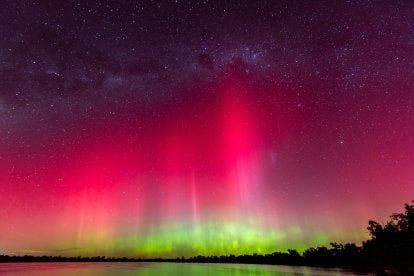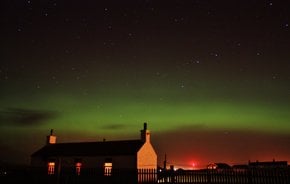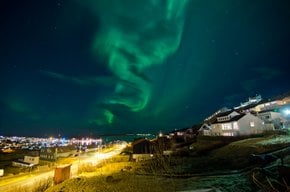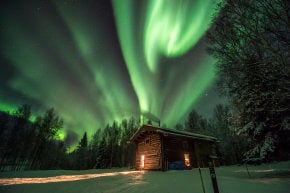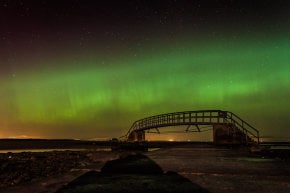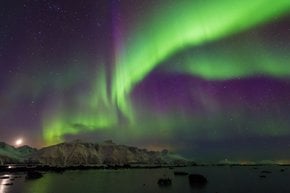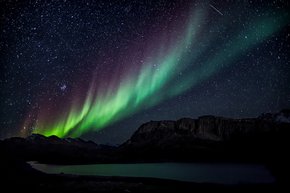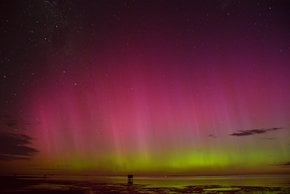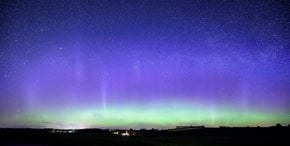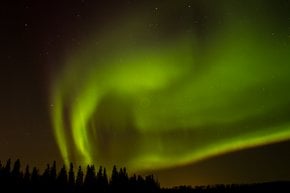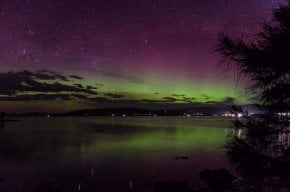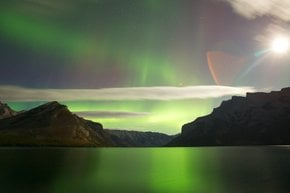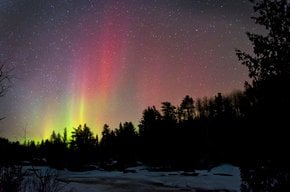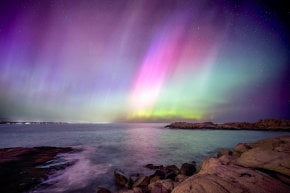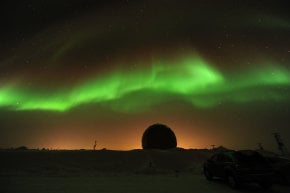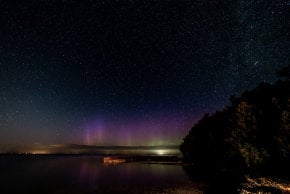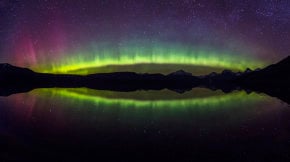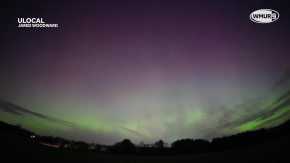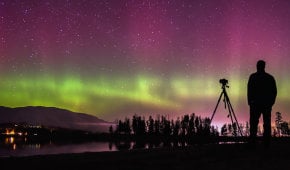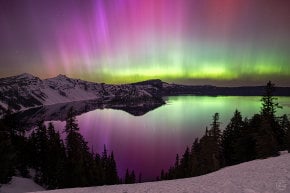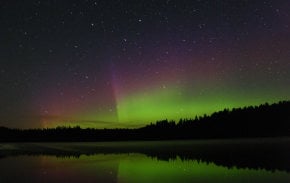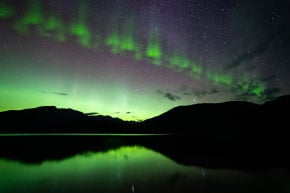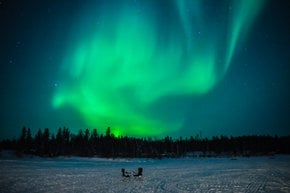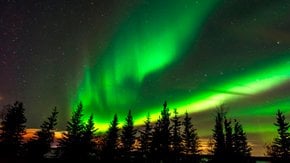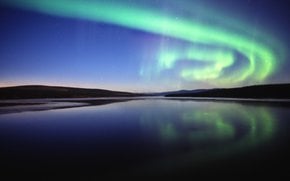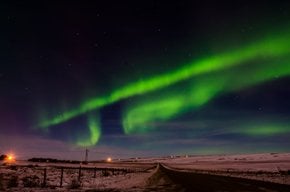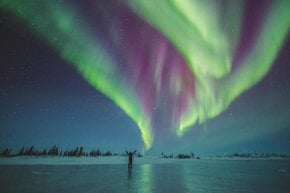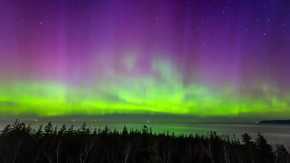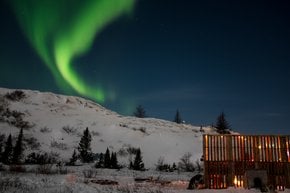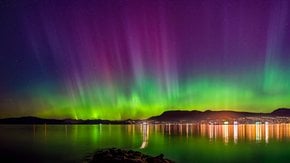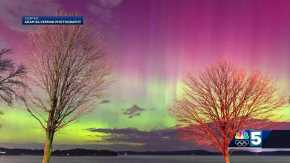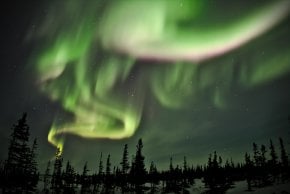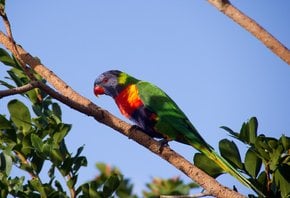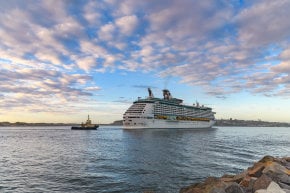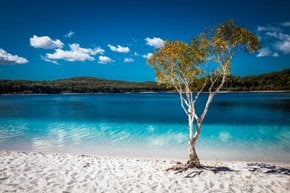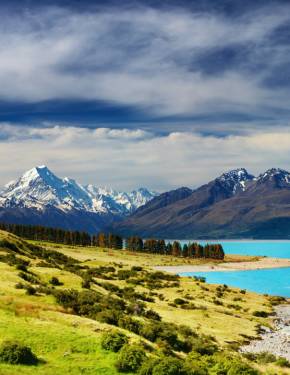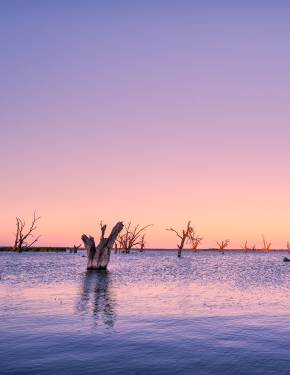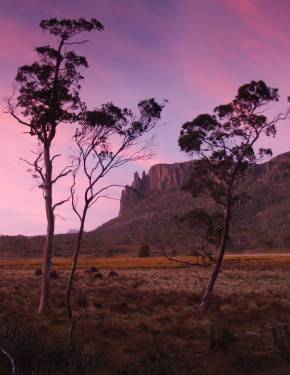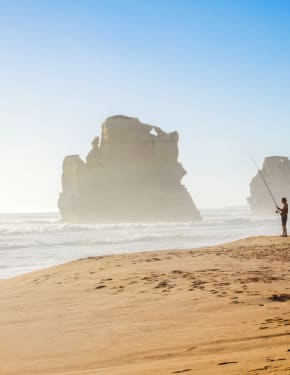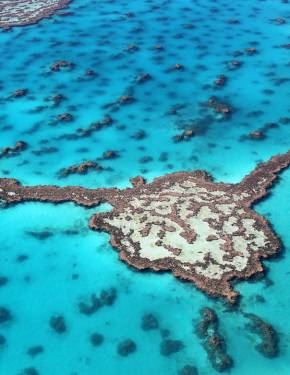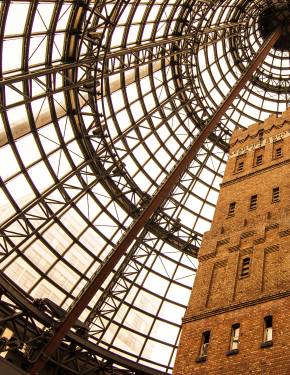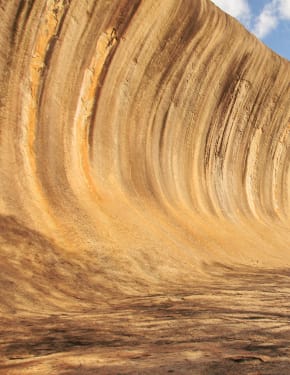Southern Lights or Aurora Australis in Australia 2026
Southern parts of Australia are lucky to witness the glowing aurora australis
Best time: May–September
In the southern hemisphere, southern lights or aurora australis is the equivalent of aurora borealis. Flickering shades of green, purple, red, and blue illuminate the night sky over the horizon.
Most aurora-viewing spots in Australia are concentrated in the southern regions—the state of Victoria and the island of Tasmania. All you need for good sighting is little to no light pollution, a broad horizon, good timing, and a decent camera.
When to see the southern lights in Australia
Southern lights can be viewed in Australia all year round. However, for more extended night hours, you might want to aim for the winter months from May to August. Also, solar activity tends to be more intense at the spring equinox in September, so this month is also a good time for chasing the elusive aurora.
Tasmania
The southern island of Tasmania is the best place in Australia to see the southern lights. The island boasts a number of southward-facing spots with a broad horizon to view the flickering lights. Mount Wellington, not far from Tasmania’s capital city of Hobart, is among the most popular posts for aurora australis chasers. Bring a jacket as it tends to get cold at night. Another of the favorite aurora-viewing areas is the South Arm Peninsula, some 30-minute drive southeast of Hobart. Goat Bluff Lookout and Clifton Beach are some of the best places for aurora hunt in Tasmania. Cockle Creek is the southmost point in Australia. It is located on the edge of the Southwest National Park, on the coast of Recherche Bay, about 75 miles (120 km) southwest of Hobart. Hike to South Cape Bay to get the best night sky views.
Victoria
On mainland Australia, the best destination to observe southern lights is the state of Victoria, in the southeastern part of the continent. Victoria's 1,200-mile coast provides plenty of beautiful spots to watch the nature's show over the Bass Strait. Choose one of the idyllic seaside towns along the Great Ocean Road like Anglesea and Aireys Inlet, which have relatively low light pollution. If you are looking for locations closer to Melbourne, try Cape Schanck, which is about a 1.5-hour drive from Victoria's capital. Cape Schanck is the southernmost tip of the Mornington Peninsula and a perfect location for long walks and picnics. You can stay in the nearby town of Flinders, a popular scuba diving spot with a long pier. There are also several inland spots across Victoria where the aurora lights can be seen, but coastal areas are better as they enjoy unobstructed views over the Bass Strait.
South Australia & Western Australia
South Australia and Western Australia states share the southern coast of Australia alongside Victora. Even though both states boast a long southward-facing shore, most of the spots are much further from the magnetic southern pole than those of Tasmania and Victoria. Thus, the chances of spotting aurora australis in these two states are even slimmer. You could try your aurora luck at the Cape Northumberland Lighthouse in Port MacDonnell, one of the most southern spots of the state of South Australia. Beachport, about an hour away from the lighthouse, is another place to wait patiently for aurora alerts. Western Australia is positioned even further north. Albany Wind Farm in Sandpatch, near Albany, is one of the spots to check out. In case the lady aurora doesn't make her appearance there, you can still enjoy the views of the turbines and explore walking tracks in the area by day.
Aurora viewing tips
Aurora australis is not as vivid as its sibling aurora borealis simply because the landmass doesn't reach as close to the pole. The beauty of aurora australis is that you can see it only above the horizon, which adds some shades of purple and red to the picture. To increase your chances, check with aurora forecasts of the Australian Space Weather Forecasting Center and U.S. Space Weather Prediction Center of National Oceanic and Atmospheric Administration. It's also essential to bring a tripod and long-exposure camera, which will let you see more vivid colors than with the naked eye.

